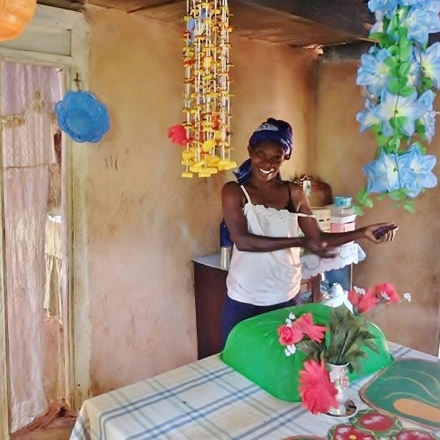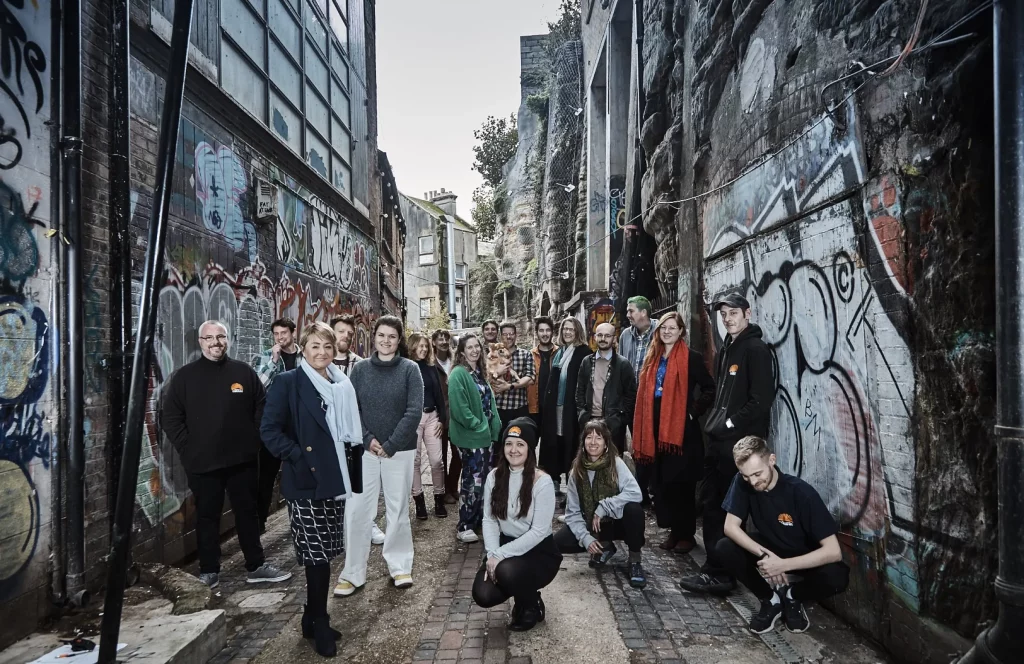Rebuilding a country that has been devastated by natural disaster is a huge job. Rebuilding it in a way that reduces future risk to human life and dependency on external aid is an even bigger one. This is the task the organisation CRAterre set itself following the catastrophic earthquake that hit Haiti in January 2010. The magnitude-7 tremor and subsequent aftershocks killed hundreds of thousands of people, left millions homeless and destroyed much of Haiti’s infrastructure. CRAterre – which leads global research, training and action in the field of earthen architecture – was enlisted to lend its technical expertise to multiple international and local organisations involved in the post-disaster rebuild.
The lack of national building standards and poor construction methods needed to be addressed urgently to cope with future natural disasters. CRAterre recognised this need for a more unified approach and favoured improving existing local construction techniques over the standardised industrial methods typically employed in post-disaster rebuilds. By studying and then adapting local building practices, training Haitian construction professionals and distributing educational materials, CRAterre promoted safer, more effective and locally sustainable building techniques.
When Hurricane Matthew hit in 2016, thousands of homes and dozens of public buildings constructed using these practices suffered less damage than other buildings, demonstrating how CRAterre’s methodologies can improve resilience and response to natural disasters and ultimately save lives.











